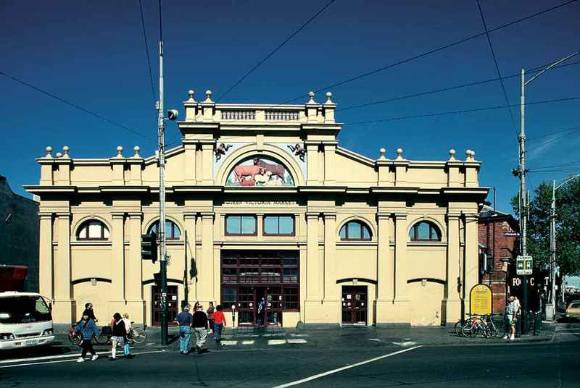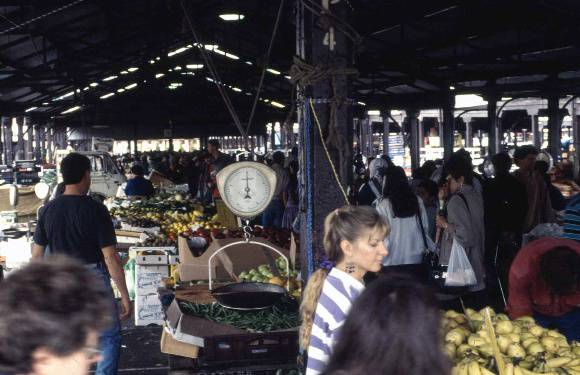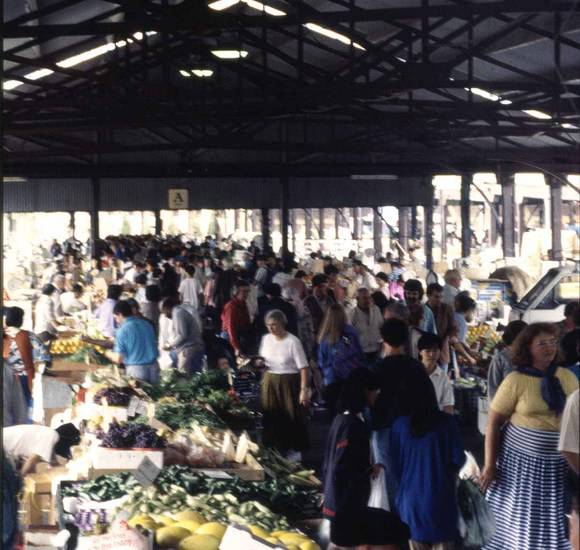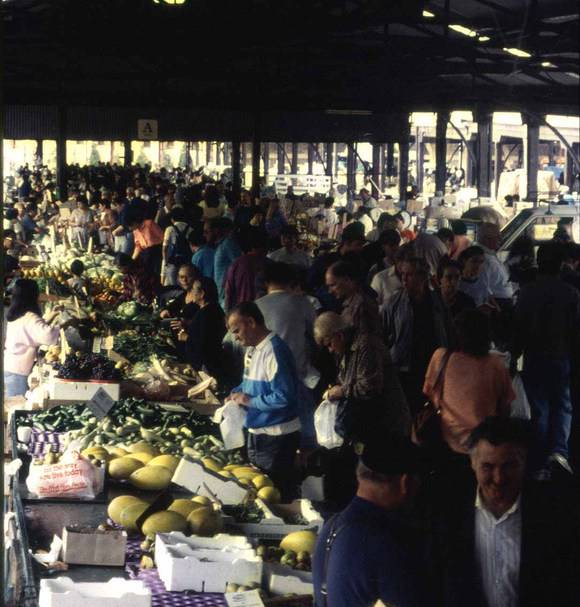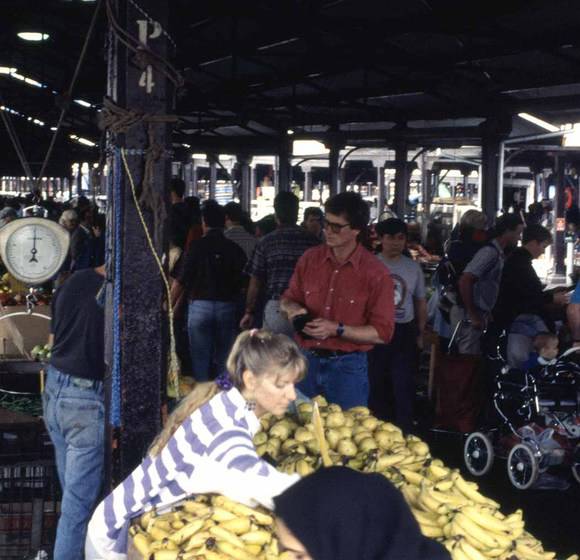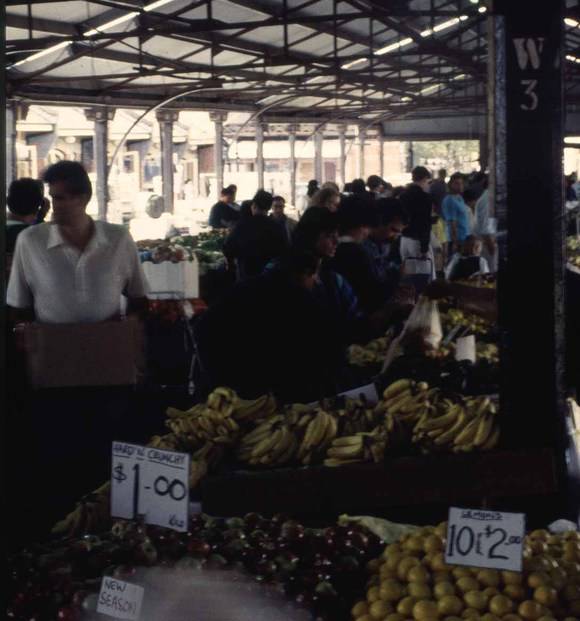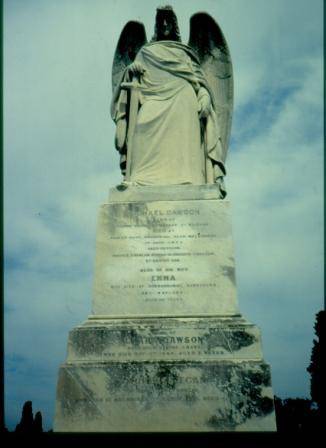| Back to search results » | Back to search page » |
|
Queen Victoria Market & Old Melbourne Cemetery
Location65 - 159 Victoria Street,, WEST MELBOURNE VIC 3003 - Property No B2282
File NumberB2282LevelNational |
|
Statement of Significance
The Queen Victoria Market is of historical significance as the only one of the major 19th century markets in Australia to survive intact and operating. It is also the only one of a group of important central markets built by the corporation of the City of Melbourne in the 19th century to survive. It provides a still-vibrant sense of how a 19th century market functioned, while the many additions to the fabric over the years demonstrate the growth and changes in market functioning. As the principal wholesale market for fresh fruit and vegetables from 1878 to 1975, the market had a profound effect on the system of growing, selling and distribution in the State. Most of the block bounded by Victoria, Peel, Franklin and Queen Streets is significant as the site of Melbourne's first official cemetery, established in 1837. Closed in 1854, but not completely taken over for market purposes until the 1920s, many burials (possibly thousands) remain on the site, including many early Melbourne settlers.
The Queen Victoria Market is of social significance as a record of change and continuity in market activity over a long period and as an important shopping, leisure and meeting place for generations of Victorians. The complex of enclosed food halls, open sheds, shops and stores perpetuates distinctive forms of trading which have their origin last century and earlier, providing a very tangible continuity between 19th and 20th century Melbourne. The market has become one of the key identifying symbols of Melbourne for locals and tourists alike, its popularity reflected in community and union campaigns to prevent its redevelopment during the 1970s.
The Queen Victoria Market is of architectural significance for the range of unique structures necessary for a market that survive intact. The large span open-sided sheds with heavy timber posts, iron trusses and timber pedimented facades are impressive, and the last remaining example of such market structures from the 19th century in Victoria. The two storey and single level shops on Victoria Street are finely detailed, and both are unusually long rows of matching facades, complete with intact timber shopfronts. The produce hall arch between the two groups of shops on Elizabeth Street is unusual, and the facade of the Meat Market is a very impressive and elaborate design, by noted architect William Salway.
The Meat Market features a highly modelled facade, with unusual thermal windows, between paired Roman Doric pilasters, each topped by a projecting entablature, cornice and balustrade. In the central raised arch over the entrance, there is a pastoral scene of sheep and cattle, a device which has delighted generations of visitors.
The Dairy Hall is in a restrained stripped classical style, with an interior that is notable for the intact stall fronts, with their timber surrounds and marble counters.
Market Classified: 'State' 05/03/1970
Revised:'National' 13/11/2000
Cemetery Classified: 'State' 13/11/2000
Group
Cemeteries and Burial Sites
Category
Cemetery/Graveyard/Burial Ground


